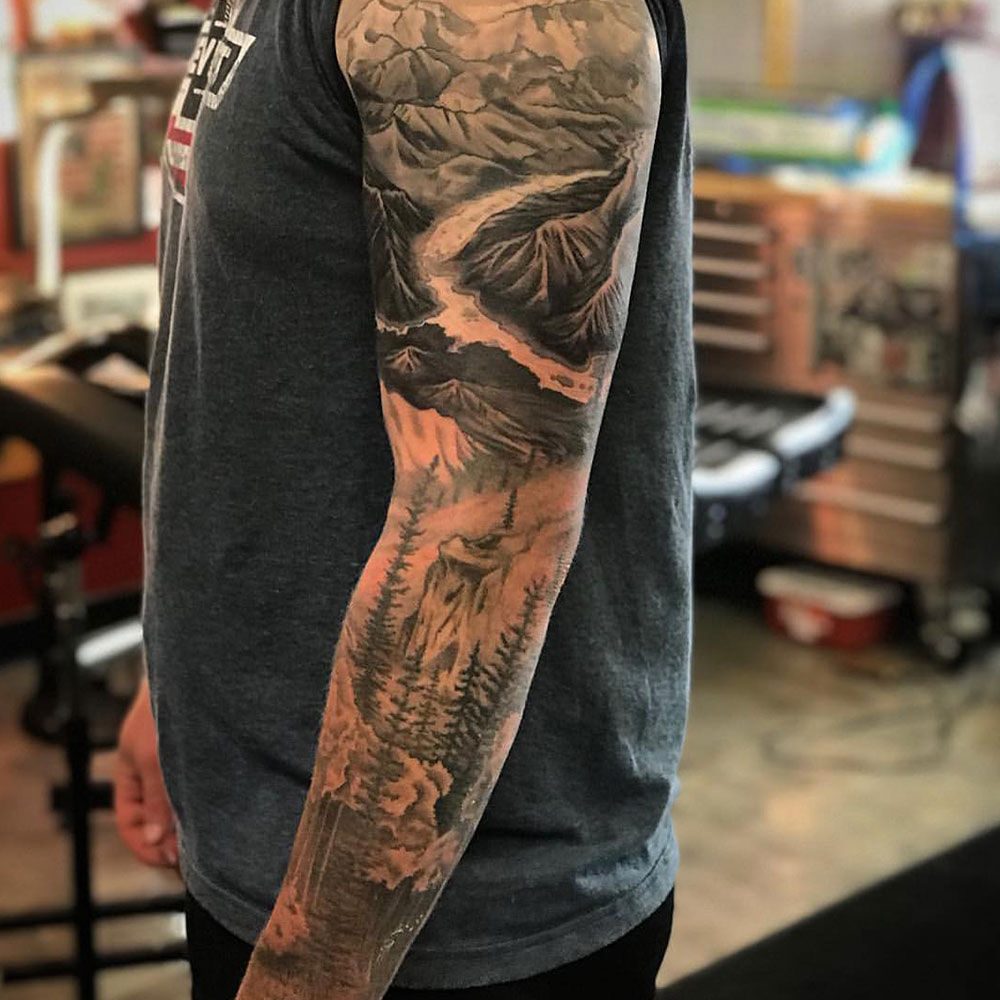Exploring the Symbolism and History of Men’s Day of the Dead Tattoo Sleeve: A Cultural Journey
– Rising popularity of Day of the Dead tattoos among men
– Mexican culture-inspired Day of the Dead tattoo designs
– Annual tradition of getting Day of the Dead tattoos
– Day of the Dead tattoos as a form of carpe diem expression
– Attracting attention from the Latina population
– Descriptions and praise for various Day of the Dead tattoo designs
– Elements of skull makeup and sewn shut mouths in tattoos
– Use of black and white ink and shading techniques in tattoos
– Incorporation of elements like skulls, guns, and playing cards in tattoos
– Technical execution and overall quality of Day of the Dead tattoo sleeves
– Details about the different elements and techniques used in tattoos
– Use of ink and shading to create different effects in tattoos
– Traditional motifs like La Catrina, skulls, roses, a sombrero, and a Mariachi guitarist in tattoos
– Symbolism of the Day of the Dead girl tattoo and La Catrina
– Day of the Dead festival traditions, such as marches, parades, altars, and special meals
– Skulls as a central theme in Day of the Dead tattoos
– Evolution of the celebration from Aztec rituals and Spanish Catholic practices
– Calavera tattoos as the most common Day of the Dead tattoos
– Candied skulls as popular colorful sugar skull designs
– Portrait skulls capturing the face of a departed loved one, celebrity, or friend
– Designs and meanings of Day of the Dead tattoos
– Rareness of portrait tattoos of males
– Simple outlines or elaborately shaded designs in tattoos
– Celebrity Day of the Dead tattoos in black and gray with sugar skull makeup
– Skeleton figure tattoos with symbolic accessories in color
– Importance of meaningful ornamentation in Day of the Dead tattoos
– Colors and symbolism associated with men’s Day of the Dead tattoo sleeves
